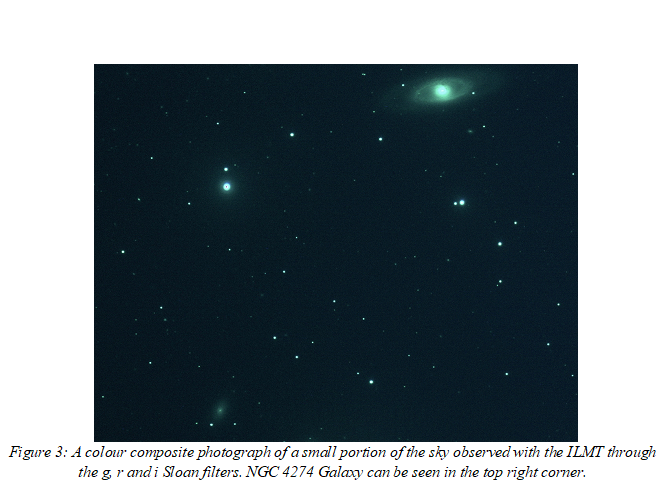When we spin a liquid, the Earth’s gravitational force converts it into a parabola. Try it now… take water in a bowl and spin it!

The parabola is the perfect shape to focus reflected light and create an image.
Parabola, then, would be the best kind of mirror, especially for objects like telescopes, which need to focus light coming from a long distance.
However, it is not easy to make parabola mirrors out of glass.
The solution? Suppose we were to spin a reflective liquid like mercury, at a high enough speed to create a real parabola? This liquid mirror would act as a lens and be more accurate than conventional lenses!
The light reflected by this liquid mirror would be focused on a point above it, where a camera would capture the image.
This is called Liquid Mirror Technology (LMT).
Liquid Mirror technology is already in operation. The video in the link explains how LMT telescopes work.
India gets its first LMT
India has just deployed its first liquid mirror technology telescope – the International Liquid Mirror Telescope (ILMT).
ILMT has been installed and put into operation at Devsthal Observatory, a hill in Uttarakhand (altitude of 2450 meters/8038 feet), at the Aryabhatta Research Institute of Observational Sciences (ARIES).

Astronomers from India, Belgium, and Canada came together to build this telescope.
This instrument employs a 4-meter-diameter rotating mirror made up of a thin film of liquid mercury to collect and focus light. (For reference, most humans are being 1.5 – 1.8 meters tall).
A thin transparent film of mylar protects the mercury from wind.
Mylar (BoPET (Biaxially-oriented polyethylene terephthalate)) is a polyester film made from stretched polyethylene terephthalate (PET) that is transparent and strong.
The reflected light passes through a sophisticated multi-lens optical corrector that produces sharp images over a wide field of view. A large-format electronic camera located at the focus records the images.
About Devsthal Observatory Campus
Devsthal Observatory Campus is the observatory of ARIES, which is an autonomous (an institution that works independently) institution under the Department of Science and Technology.
It now hosts two four-meter class telescopes – the ILMT and the Devasthal Optical Telescope (DOT). Both are the largest aperture telescopes available in the country. (Aperture is the opening that captures light in any optical device). It also has the 1.3-metre Devasthal Fast Optical Telescope (DFOT).
More about the telescope
When operations begin, the telescope is likely to generate about 10GB of data every day. But what will this data be used for?
When we see a bright dot in the sky, we try and use various methods to understand what it really is. In the same way, data from this telescope will be correlated with data from the other telescopes at the observatory, and scientists will try to understand the nature of the object being viewed.
All images from the Department of Science and Technology, except where otherwise specified.




